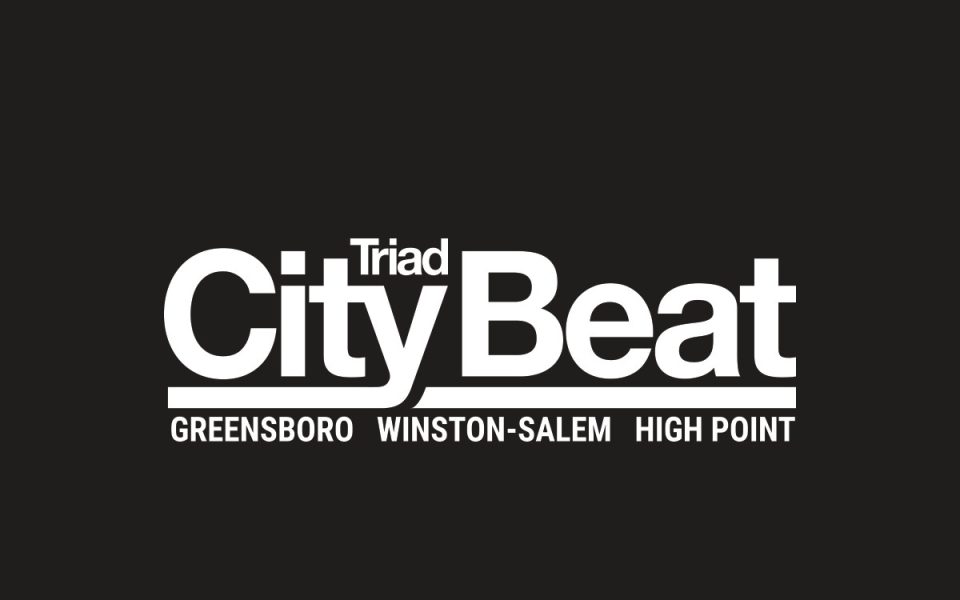“Bertie County is kind of a prime example of the demise of rural America,” Emily Pilloton says during a TED Talk in Oxford, England.
Pilloton, one of the protagonists, succinctly summarizes the premise of If You Build It, the third documentary by Patrick Creadon: “It’s a story of public education and of rural communities and of what design might do to improve both.”
Design is the vocation of Pilloton and her partner, Matt Miller, but it’s also a metaphor for social development in a place where hope is a scarce commodity.
The film chronicles a year in the life of an innovative program in the Bertie County public schools in eastern North Carolina, serving students otherwise not particularly engaged in formal education.
Pilloton and Miller possess a dogged sense of idealism that makes them unsuited for the traditional career track. Their determination to make education not only relevant to their students but also capable of transforming lives and community runs squarely into the bureaucratic recalcitrance of the school board, a history of low expectations and economic malaise.
The school board’s sudden withdrawal coupled with Pilloton and Miller’s decision to scrape together what resources they can to continue the program supplies the film with more than enough drama.
If You Build It vividly depicts a part of the state that may be unfamiliar to many residents — proverbial flyover country between the booming cities along the Interstate 85 crescent and the swank beach houses of the coastline. Briskly paced, the 85-minute film lays out design principles in a crisp and accessible fashion for the layperson while delicately threading the needle to piece together the garment that is the community’s complex politics of survival and power. The students, no less than the two teachers, come to life in an engrossing narrative that not only tracks their development in the classroom, but poignantly lingers over other realms of their lives, pasting together scenes on a football field, in a trailer doing homework and on a farm burying a dead cow with a Bobcat at night.
The students are, in many ways, the most knowing observers of the situation. The deterioration of public education and poor administrative decisions are captured in one of the student’s guided tours of an elementary school renovated through an investment of hundreds of thousands of dollars and then promptly abandoned.
When the students aren’t learning how to put design into action, they’re taking online classes in required subjects such as Spanish and pre-calculus, even PE.
“You’ve got an exercise log, which is 70 percent of your grade or something like that,” one of the students explains. “It defeats the purpose of physical ed. Because some people can lie on the exercise log.”
The educational system has clearly failed these young people, and at the outset many of them are ready to give up. “I mean school, I hate it,” one of them says. “My dad hated it. My granddaddy hated it. I’m carrying on a tradition.”
At risk of giving too much away, the designs conceptualized and executed by these students are breathtaking and inspiring. Ironically, as Pilloton and Miller’s frustration mounts over lack of institutional support, the students’ confidence gradually rises.
Creadon skillfully weaves in a sub-story about a disappointing experience by Miller in designing a low-cost house in Detroit and giving it away to provide a cautionary prologue for the North Carolina project.
“I don’t know: Charity’s too one-sided,” Miller says. “It’s too top-down. The end user doesn’t have a real stake in what’s happening, in the design, in the building process, in their community. Then it’s just charity, and it’s top-down, and we’re doing everything for the wrong reasons.”
Therein lies the psychological tension that maintains the film’s suspense.
Is the change promoted through the intervention of two committed idealists real and lasting? Is the sacrifice worth it? The film does ultimately answers those and other questions, but only through hard-won truths rather than easy sentiments.
If You Build It screens at A/perture on April 9 at 5:30 p.m.
— Jordan Green
Join the First Amendment Society, a membership that goes directly to funding TCB‘s newsroom.
We believe that reporting can save the world.
The TCB First Amendment Society recognizes the vital role of a free, unfettered press with a bundling of local experiences designed to build community, and unique engagements with our newsroom that will help you understand, and shape, local journalism’s critical role in uplifting the people in our cities.
All revenue goes directly into the newsroom as reporters’ salaries and freelance commissions.





Leave a Reply